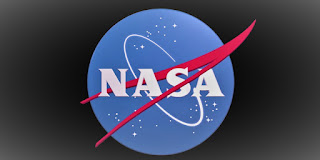NASA released a series of Jupiter findings on Friday as it seeks answers about the universe and what they represent for Earth's beginnings. And from the road, scientists brought back an interplanetary melody.
The Juno mission is gathering information about the genesis of the solar system's largest planet, which could fit more than 1,300 Earths. Photos from within the planet's ring, a map of its magnetic field, details of its atmosphere, and a surreal soundtrack from a spacecraft's trips around one of its moons are among its latest discoveries.
But it's not quite a song, and it's not even audible to the human ear.
Juno's radio emissions are not what a human would hear if they traveled to Jupiter since space is a vacuum and does not transport soundwaves as air does on Earth. However, when the probe flew across space, it picked up on electric and magnetic radiation, which scientists eventually transformed into audible sound. It turns out that circling Ganymede, one of Jupiter's moons and the solar system's biggest satellite, sounds a lot like R2-D2.
Juno, launched by NASA in 2011 and launched into orbit around Jupiter in July 2016, is the seventh spacecraft to visit Jupiter and the first to investigate under the giant planet's thick gas blanket. It battled Jupiter's harsh heat and dangerous radiation to survey the planet's north and south poles, chugging forward despite a lack of sunlight on its solar panels.




0 Comments